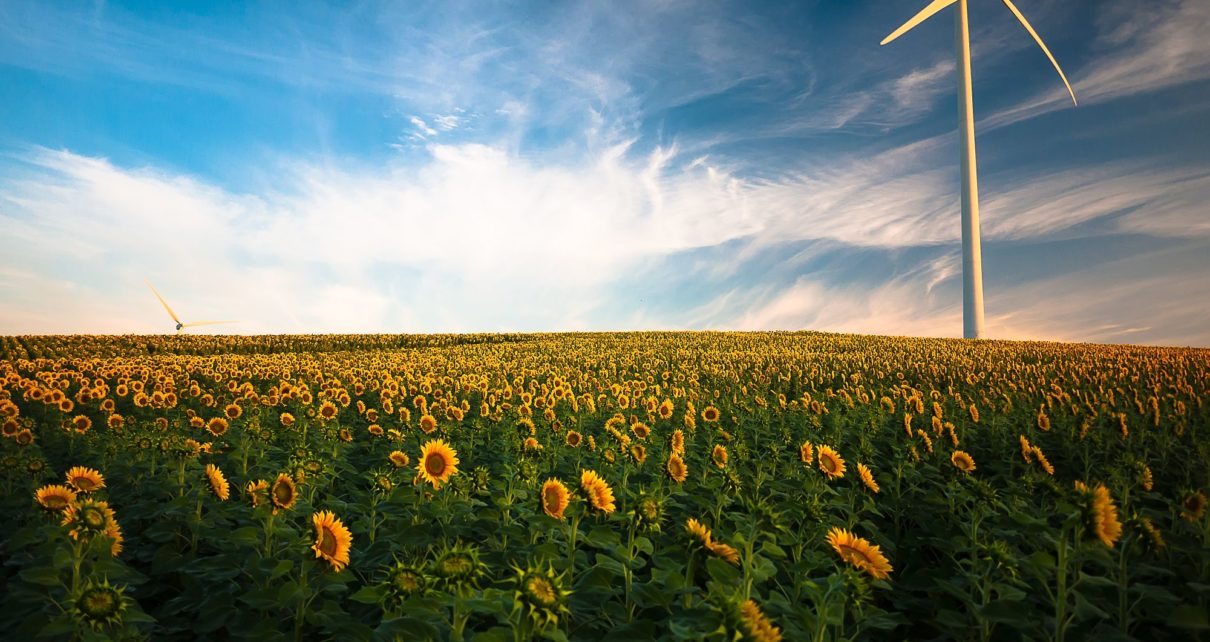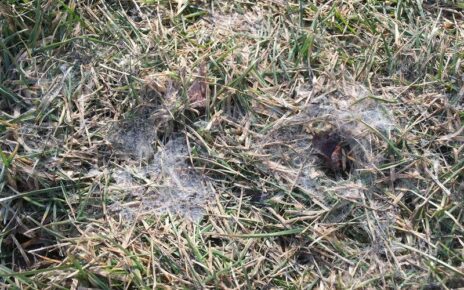Coos Bay, Oregon offers boaters deep-water port with fishing village appeal
By Leslee Jaquette
When I asked Charleston Marina Manager Aaron Simons why Coos Bay, Oregon is a great stop for boaters, he didn’t hesitate, “It’s got one of the best bars on the West Coast.”
When I snickered, he politely set me straight. “Not drinking bars,” explained Simons. “It’s got one of the cleanest, easiest to enter river bars, where boaters can reprovision, refit and recover.”
Known as the safest bar crossing in the Northwest, Coos Bay is the largest, deep-draft port between San Francisco and Puget Sound and situated about 450 miles between the two. Located amidst Oregon’s scenic south coast, the 15-mile-long, inverted “V” shaped bay with its three sister communities of Charleston, North Bend and Coos Bay often entices transient boaters to linger longer than anticipated.
“No only is it easy to access Coos Bay, but the people here are the friendliest in the world,” said Voyle Coleman, a yacht delivery captain of Long Beach, Calif., “Locals have even loaned me their car to run errands and to go sightseeing to the dunes. This just doesn’t happen in L.A. It was enlightening!”
Easy access Coos Bay
According to Oregon International Port of Coos Bay Spokesman Martin Callery, each year Coos Bay attracts about 70 freighters and several hundred yachts, ranging from 40 to 60 feet in length. Using NOAA chart #18587 to enter the channel, they find that the straight forward entrance mitigates the big ocean wave sets. The Coos Bay marine climate remains mild throughout the year with the prevailing winds from the northwest from March through October, turning to the southwest from November through February.
“Still, boaters need to watch out for freighters because they don’t stop,” cautioned Callery. “As a result, see the informational signage, stay out of the deep draft channel and keep an eye out for crab pots.”
Portland, Oregon-based delivery captain Mike Maurice is a Coos Bay regular, who finds the port a good fuel stop or a great place to avoid a tiresome northwesterly. In his experience, Coos Bay, Yaquina Bay and the Columbia River are the only viable, safe, deep ports on the Oregon Coast. Still, Maurice recommended, that when a storm is brewing outside any of these ports, newcomers need to enter with a flood tide or call the U.S. Coast Guard for an escort across the bars.
Like Coleman, he relishes every stop at the Charleston Marina. “It’s quiet and peaceful and there’s a good marine store across the street,” observed Maurice. “The marina is close to the entrance and offers real good protection even in a giant storm.”
Charleston Marina and Shipyard.
Once across the bar, visiting boaters find most every amenity at the 560-slip Charleston Marina as well as full services at the nearby Charleston Shipyard. According to Simons, the marina keeps about 250 slips available for transient boaters as well as a 250-foot transient dock for vessels up to 110 feet. Moorage is a steal, for example, with guest moorage rates running $18 a day for vessels 40 – 49’ or $20 a day for those 50 – 59’.
In accordance with the Charleston Master Plan, the marina recently added pay-to-use Wi-Fi service, a rebuilt launch ramp with six bays, electrical metering for all slips and increased security. A “clean” marina, which enforces a no discharge policy, Charleston Marina is poised for several other changes. The plan includes future parking lot enhancements, an elevated walkway or boardwalk to aid in pedestrian flow on the docks and new washroom/shower facilities.
Although it is a 10-minute drive to a major grocery store, lots of services are available within walking distance of the marina. Boaters can run across the road to Englund Marine Supply for boat parts or to Burns Davey Jones Locker Grocery & Deli for snacks and a sandwich. Nearby, visitors have a choice of fine dining at the Portside Restaurant or Oyster Cove or fish and chips or burgers at the Basin Café, Sea Basket or Fisherman’s Grotto. For those who hanker for a night ashore or need a place to crash while their vessel is in the shipyard, Captain John’s Motel offers accommodations.
The Charleston Shipyard is home to a number of marine services including Gidding’s Boatworks, Russell’s Marine Fuel & Supply and Skallerud Marine Services. At the yard boaters find a 60-ton travel lift, 200-ton marine ways, 4-ton forklift as well as upland vessel storage and work area.
For the first time in August, the Charleston Marina was one of the hosts of the fourth annual Tuna Classic Tournament Series. Partnered with Ducks Unlimited®, the Oregon Food Bank® uses the four-event series to help feed hungry families in Oregon. This year’s event produced more than 8,000 pounds of albacore tuna and raised more than $25,000 in cash contributions. In preparation for the 2009 “great catch for a great cause event,” anglers are invited to go to www.oregontunaclassic.com.
North Bend and Coos Bay
Just as the name indicates, North Bend is located at the northern end of the bay. Here boaters find the airport, Pony Slough and Coos Bay Historical Society Museum; but they do not find any moorage or marine facilities.
However, continuing inland to the City of Coos Bay (population 16,000), they find dredged tide flats with an attractive downtown and Coos Bay City Docks at the Coos Bay Boardwalk. The Coos Bay facility can accommodate vessels up to 100 feet in length as well as offers individual electric service, a common water service and pumpout station. New restroom facilities are scheduled to be completed by next spring.
Multiuse facility
Although the master plan aspires to attract marine events to the improved Coos Bay City Docks, Callery observed that the Charleston Marina and the community of Charleston are the biggest attraction for mariners. In addition to the marina’s proximity to the bar entrance, (not a saloon door!) he notes that the Charleston Community has chosen to maintain its fishing village atmosphere.
“We don’t want to evolve into a high-end, limited access marina or yacht club,” explained Callery. “We want to maintain the working, commercial port where fishing boats work and live, side-by-side with recreational boats.”
“I think Coos Bay is heaven sent and I wish I could live there,” added Coleman. “It’s kind of a small town that’s still a true fishing port, where recreational boaters are very welcome. It’s a great stopover.”
Coos Bay safety tips
Contributed by Martin Callery, director of marketing of Oregon International Port of Coos Bay
- FREIGHTERS CANNOT STOP – Be aware that freighters must run 6 to 8 knots to maintain headway. Boaters must get out of their way.
- PROP WASH & BOW WAKE – Freighters change water conditions fast.
- RIGHT OF WAY DOES NOT COUNT – Do not be foolish thinking you have the right of way. The freighter must stay in a very narrow, deep draft channel that is well defined. Avoid disaster, take responsibility and move early.
- BAR CROSSINGS ARE TRICKY – More challenging than the open sea, watch for the treacherous combination of ocean swells, wave action and wind chop. Avoid getting swamped, think safety.
What visiting boaters need to know about Coos Bay’s Charleston Marina
Aaron Simons, Charleston Marina Manager and Charleston Harbormaster offered these suggestions to visiting mariners:
- Call ahead for reservations.
- Check in as soon as you show up.
- Contact U.S. Customs if from a foreign port.
- Study the charts. It’s a straightforward entry, but know the channel. NOAA Chart # 18587.
- Charleston Shipyard is available for haulouts with a 60-ton travel lift.
Coos Bay – North Bend Visitor Information: 800-824-8486; (541) 269-0215; www.oregonsadventurecoast.com
Charleston Marina: (541) 888-2548; www.charlestonmarina.com; [email protected]
Oregon International Port of Coos Bay: (541) 267-7678; www.portofcoosbay.com




